How to get rid of bed bugs for a pest-free home, according to experts
The ultimate expert-approved step-by-step guide to getting rid of bed bugs
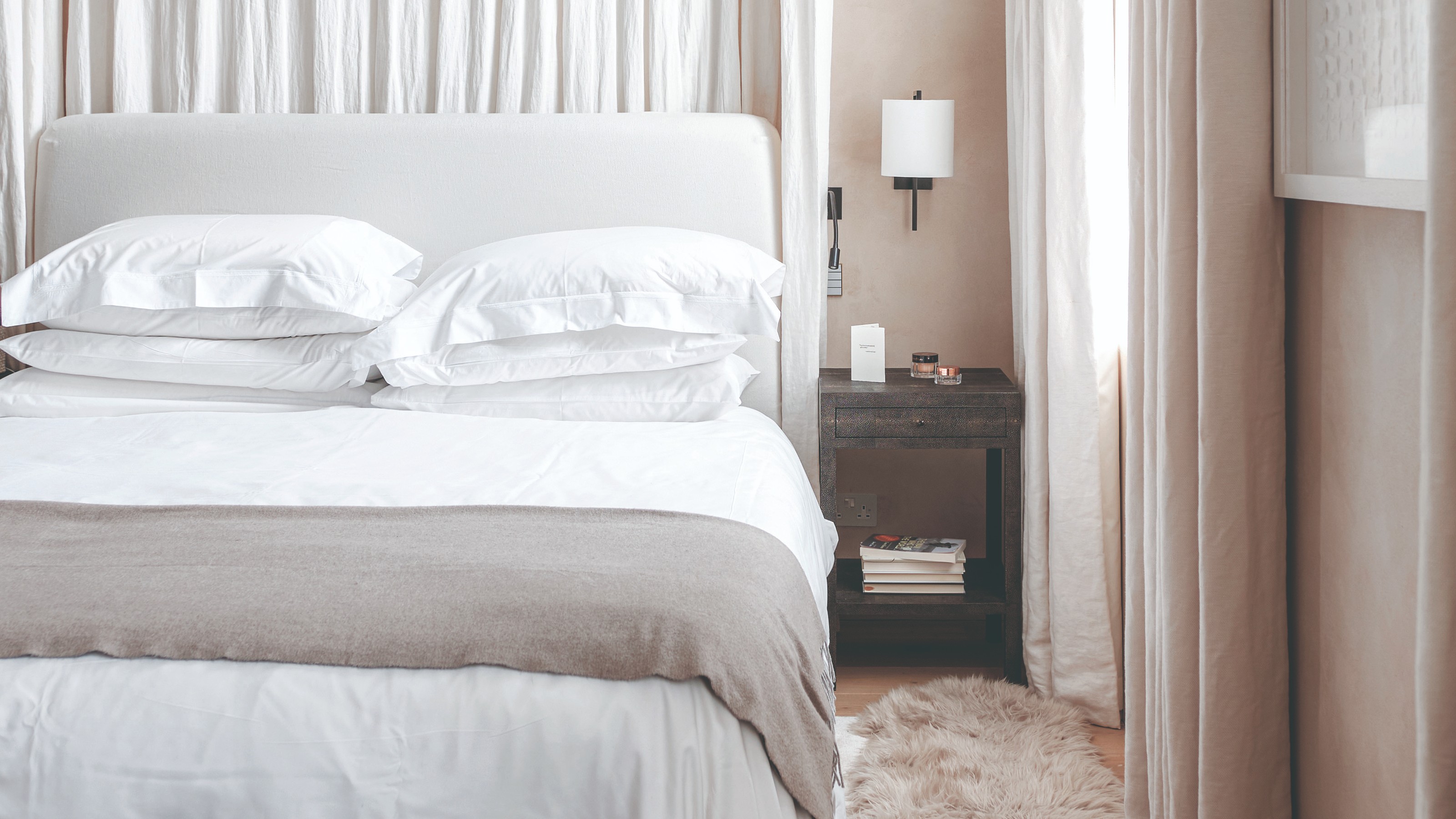
Sara Hesikova
Every year, bed bugs have a tendency of making their presence known especially in the months of August and September. But this year, they are still raging havoc in October. And who knows when this is going to stop?! So it’s never been more important to know just how to get rid of bed bugs. Especially as we are facing another bed bug epidemic in the UK.
So that if you come across any signs of bed bugs on your best mattress or anywhere in your bedroom (as they don’t mind spreading out a little) or if you see clusters of red, itchy bites on your skin, you’ll know exactly what to do.
And if you think you’re immune to bed bugs because your home is clean, we’ve got bad news. As it turns out, it’s a myth that bed bugs are a result of a dirty home. These sneaky pests can find their way even into a spotless five-star hotel or any regularly cleaned home via second-hand furniture, luggage and the like. Nobody’s safe, unfortunately. So we turned to our pest experts for a step-by-step guide on how to get rid of these creepy crawlies.
How to get rid of bed bugs
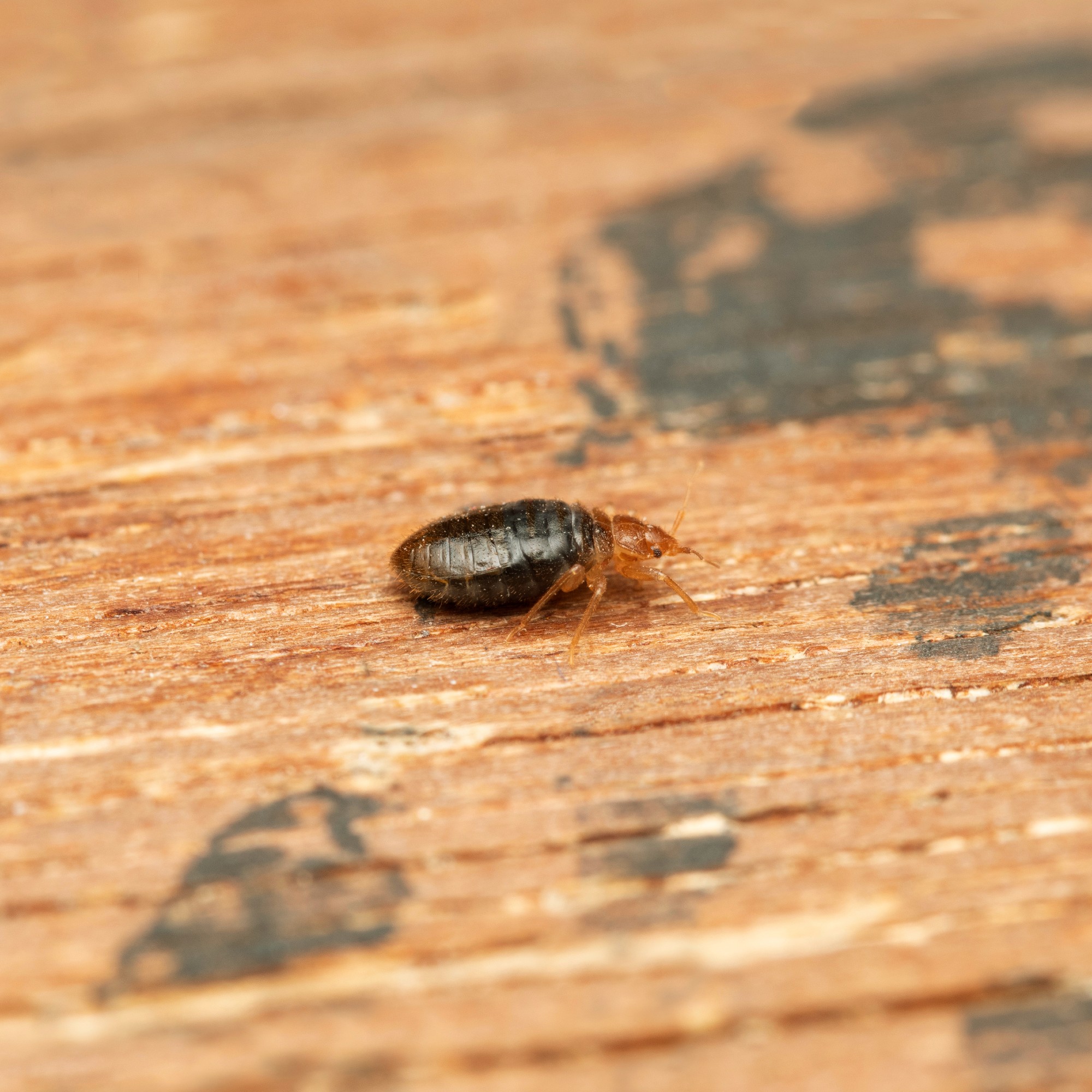
If you discover you have a bed bug infestation, take action to eliminate them immediately. Contact your local council who may be able to help and treat your home for free. Or consult a pest control company that is a member of the British Pest Control Association because they will have experience removing stubborn bed bug infestations which may include insecticides to chemically kill them.
What are bed bugs?
Bed bugs are small oval and brownish insects that are similar in size and colour to an apple seed. They have flattened bodies which makes it easy for them to fit into tiny spaces and they like to live in groups in hiding places. They are parasites that consume human blood and can cause a number of health issues such as skin irritation and allergic reactions.
What kills bed bugs instantly?
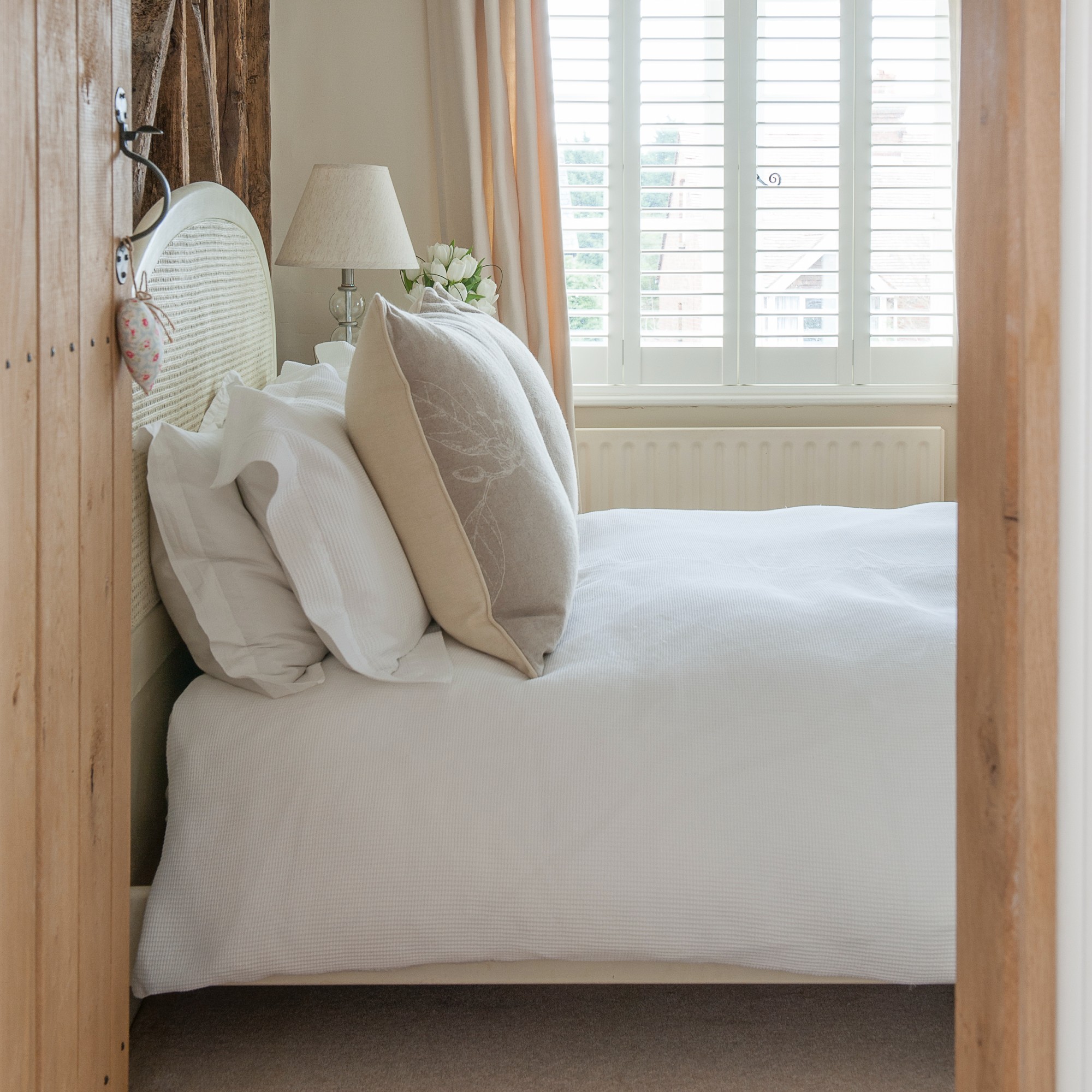
The experts all concur that particularly hot temperatures and steam cleaning can instantly kill bed bugs.
‘You can use an upholstery-safe steam cleaner on large areas like your bed and fabric sofas as bed bugs can’t survive above 48°C,’ says Dr. Jonathan Kirby, pest expert at NOPE!.
Steam cleaning is chemical-free and instantly kills bed bugs and their eggs. We've tried and tested the best steam cleaners in the business to see which is best for the job at hand.
Robert Collins, pest control expert at MyJobQuote.co.uk, agrees, ‘Steam can kill bed bugs immediately. If you have a steamer, run this all over your bed, mattress, surrounding floor, and bedding. Apply the steam slowly and be sure to cover all of the folds and tufts of the bedding and mattresses. Also, be sure to get into all of the corners of the bed frame and edges where bed bugs may be hiding.’
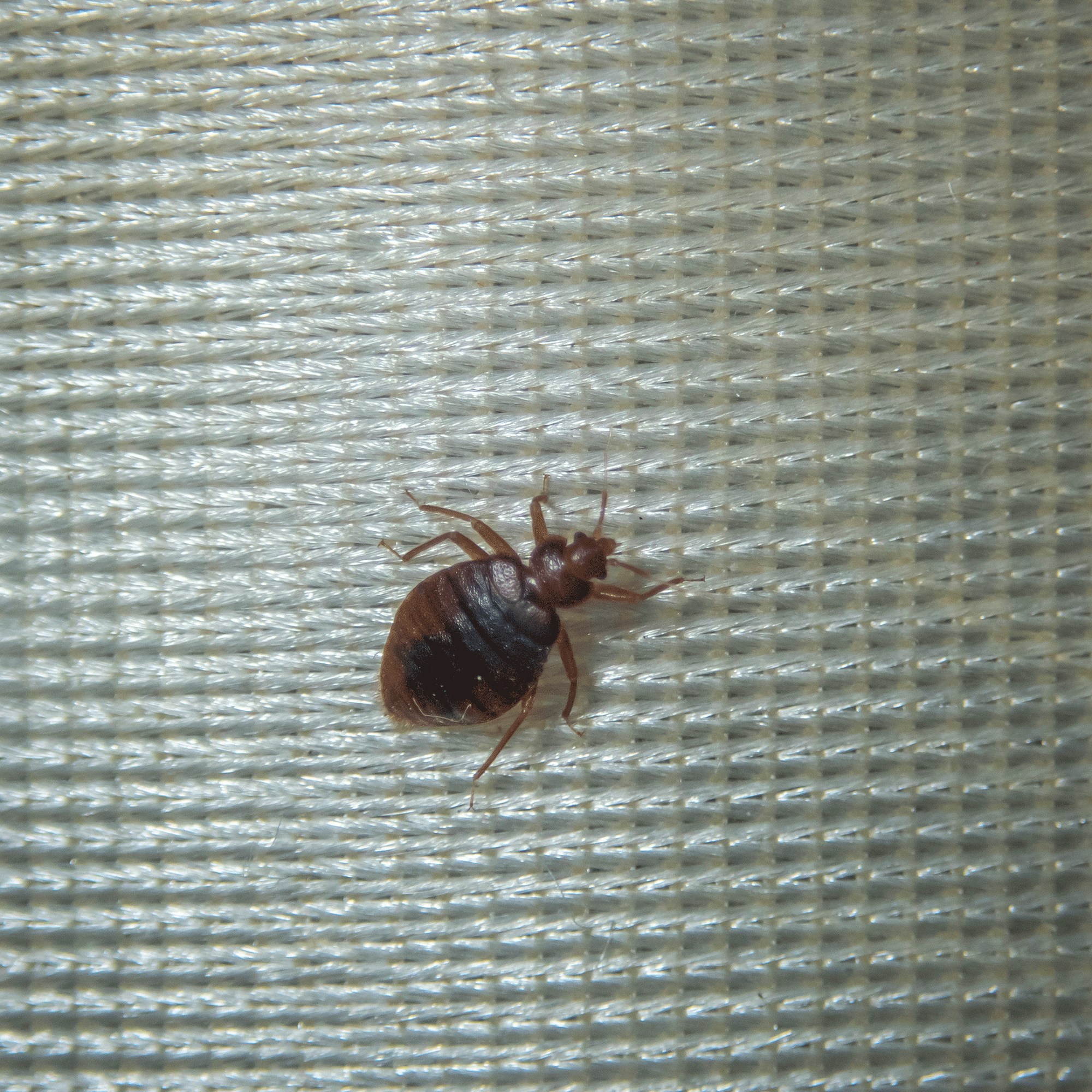
The annoying thing about getting rid of bed bugs is that no one method or thing is enough. Rather, a combination of techniques must be applied. So as well as using steam, you should also be washing all your bedding at a high temperature, among other things.
‘All affected bedding, clothes and furnishings must also be thoroughly washed at above 60°C setting to eliminate any hidden eggs and bed bugs,’ Dr. Jonathan continues.
Rex Isap, CEO and bed expert at Happy Beds, also recommends following this ‘by high-temperature drying in a tumble dryer if you have one.’

Jonathan is a developmental chemist and pest expert at NOPE!. From pest control to masonry protection, he has dedicated himself to helping protect UK housing stock through the development of new and innovative products.
How to spot bed bugs
When you have a bed bug infestation a common sign is waking up with itchy areas on your skin which weren’t there when you went to bed. Also, look out for bloodstains on your sheets and pillowcases. Bedbugs release a very strong musty odour from their scent glands so pay attention to any unusual smells which could be a sign of their presence.

Sophie Thorogood, technical training manager from Pelsis Group says, ‘Bed bugs are a particularly problematic pest both in terms of the issues they cause and their management. Although bed bugs are only 4-7mm long, they are easy to spot when out in the open. They can squeeze themselves into small gaps around bed frames, plug sockets, sofas, furniture and underneath the wallpaper.
‘Look carefully around these areas for signs of bed bugs including black spots which are the bed bugs’ faeces, this can be found on furniture surfaces and mattresses. A good inspection can indicate if you do have a problem and the extent of the infestation!
‘Bed bugs tend to enter homes through luggage and furniture. To prevent the pests from entering your home, if you’re away on a trip don’t place your luggage immediately on bedroom furniture. Instead, use the luggage racks with metal legs as bed bugs are unable to climb this.’
How to get rid of bed bugs fast
We recommend getting professional help to get rid of bed bugs as these pests are notoriously hard to eradicate, due to their immunity to some household insecticides. Plus an infestation can easily recur if any eggs are missed, but if you want to try DIY pest control, follow these simple steps.
1. Wash your bedding
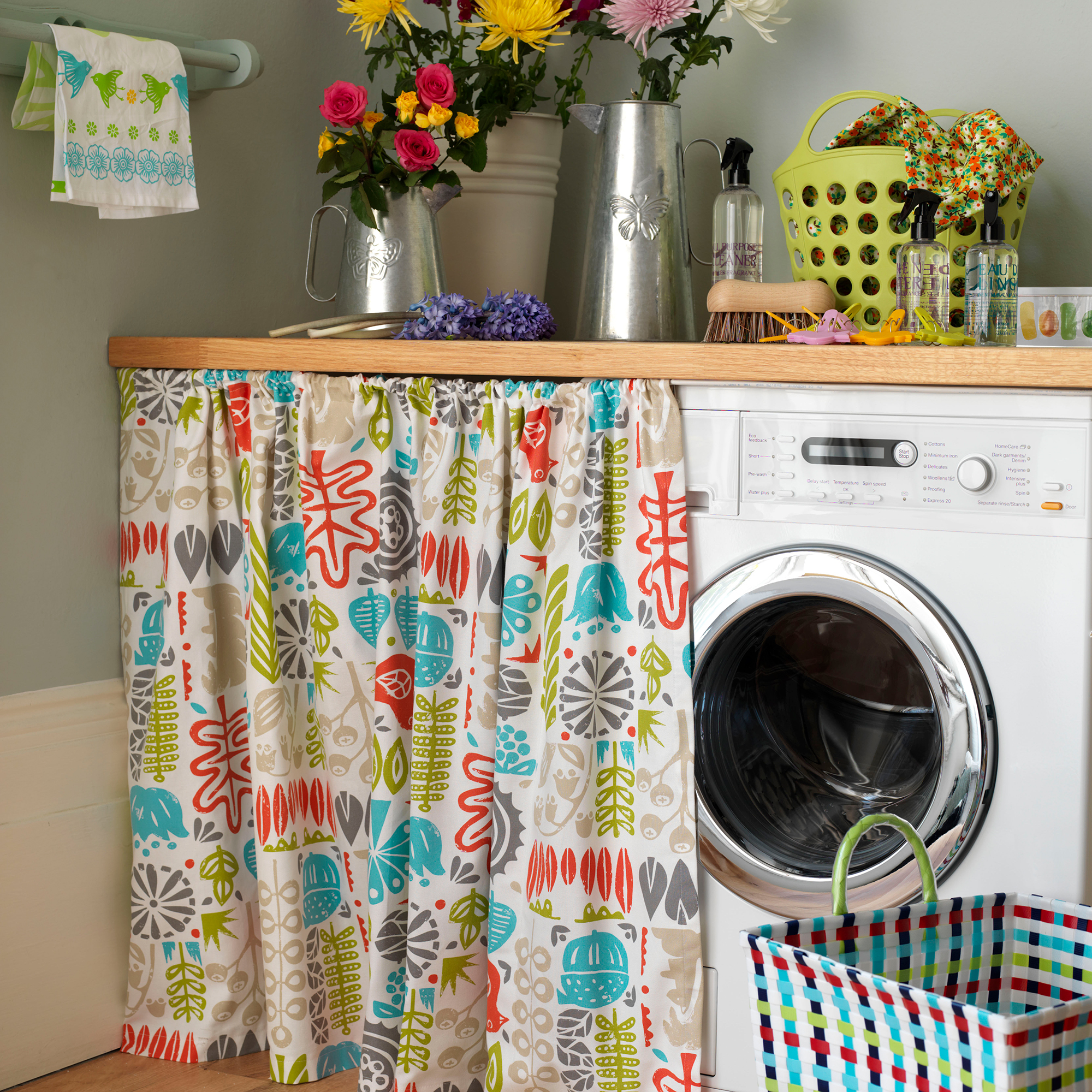
Completely strip your bed and put the infested bed linen, as well as pyjamas and soft toys straight into a 50°C - 60°C wash, if possible. Then tumble dry the items on the hottest setting for 30 minutes as the heat will kill any remaining bed bugs and their eggs. Placing bagged-up laundry in the freezer for three days will also kill the pests.
2. Vacuum your bed and mattress
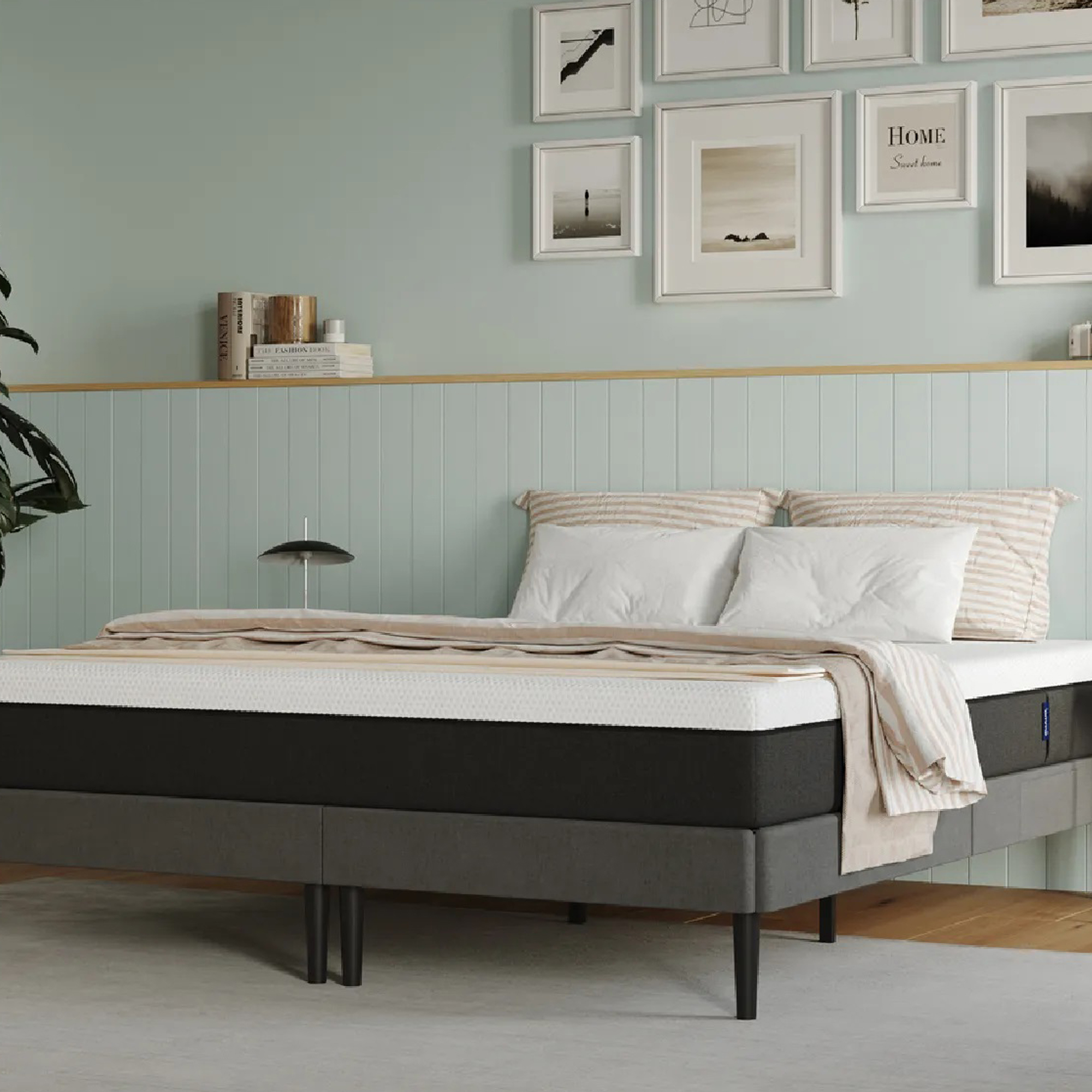
Right after stripping your bedding, vacuum your mattress with a mattress vacuum for bed bug eradication. But this is also a preventative measure that should be done regularly, according to pest technician Mihail Velev from Fantastic Pest Control.
‘Although it won’t eliminate the problem entirely, vacuuming is a control measure. It’s effective for removing live bed bugs, as well as their other forms, such as the nymphs and eggs, from the surface of the mattress, which can significantly reduce the bed bug population. For better control, it’s recommended to vacuum regularly, at least once a week. When doing that, focus on the seams, folds, and crevices of your mattress where bed bugs tend to hide.’

Mihail Velev, a dedicated member of the Fantastic Pest Control team for over two years, specialises in comprehensive rodent and insect treatments. With a distinctive focus on tackling pest-related challenges, he stands out for his commitment to excellence, offering extended working hours and night shifts to address urgent issues. Currently, he holds the unique position of being a practitioner performing cutting-edge heat treatments in London, demonstrating his expertise in the field.
3. Vacuum surrounding area

Dismantle your bed furniture and thoroughly inspect it along with your mattress and any other potential hiding places around the bed such as carpets, behind bedside tables and cracks in walls (which will need to be sealed) then use a vacuum cleaner with a plastic crevice nozzle attachment to suck up the bed bugs, including their eggs, larvae and droppings.
Throw away the vacuum cleaner bag and its contents in a sealed bin liner, immediately. ‘Bed bugs can survive in a vacuum bag, so it's crucial to dispose of it properly. Seal it tightly in a plastic bag and discard it in an outdoor trash bin, so you don’t release the pests back inside,’ Mihail advises.
A heavily-infested mattress will need to be disposed of safely and swapped for a new one.
4. Use a mattress encasement
Consider investing in a waterproof bed bug-proof mattress encasement as a preventative measure to protect your mattress from a bed bug infestation. It’s also effective at trapping bed bugs if you’ve already got them.
‘After vacuuming, consider using mattress and box spring encasements. These are special covers that trap any remaining bed bugs inside and prevent them from feeding or escaping,’ Mihail says.
5. Regularly air bedding

Bed bugs prefer to spend time in dirty environments so each week pull back the bedding and let your mattress air out. This allows your mattress to spring back into shape and allows any excess moisture to evaporate, which can attract bed bugs. Wash your bedding and sheets at least once a week to prevent the build-up of bacteria.
6. Check the whole house
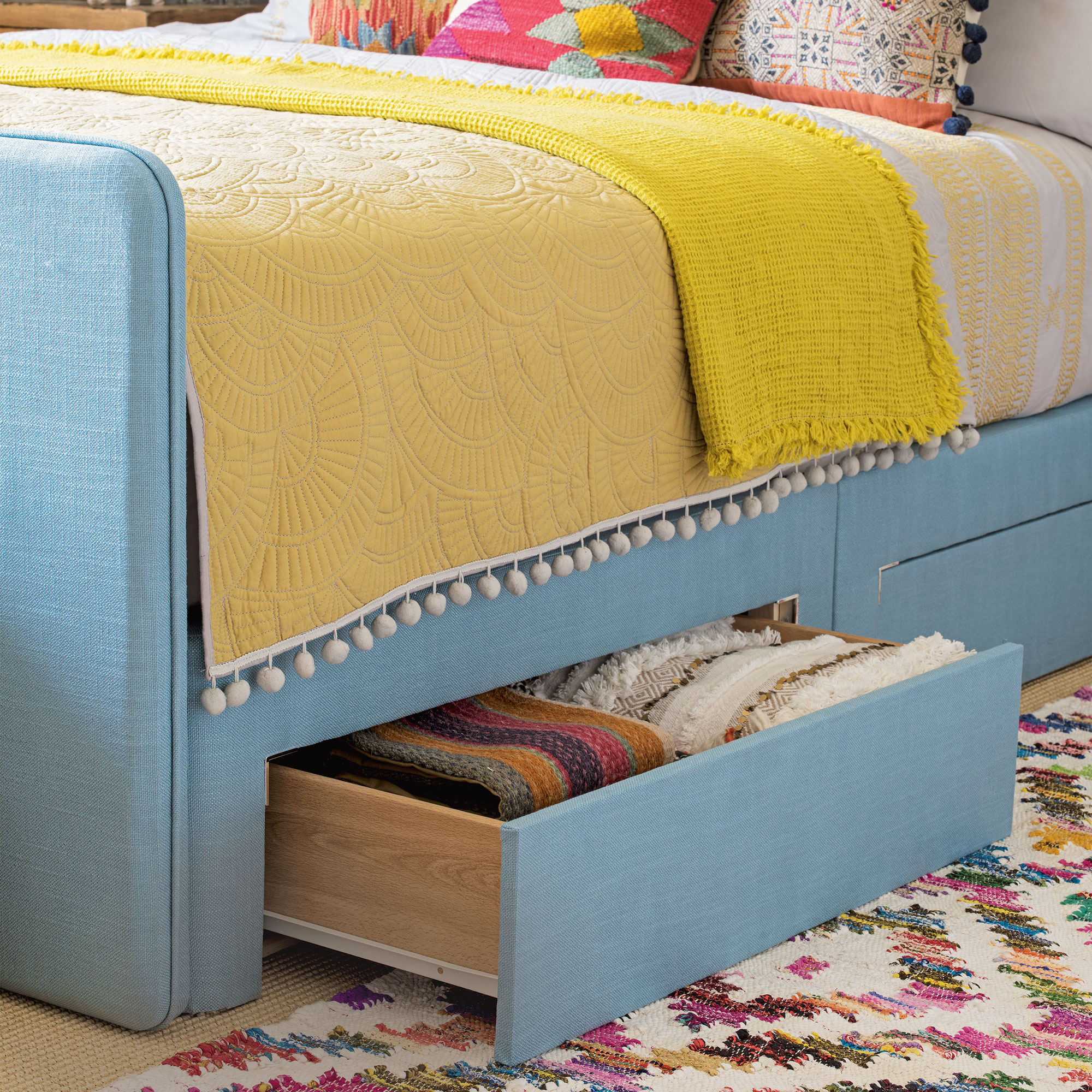
The little pests can crawl quite far, so you should go over the whole room (if not your entire home) with a fine-toothed comb, looking under furniture, inside drawers, behind peeling wallpaper - everywhere, for signs of them.
7. Treat the area with a bed bug spray

‘To ensure long-lasting impact, apply a bed bug killer to mattresses, furnishings and furniture to eradicate living bed bugs and prevent re-infestation for up to three months,’ Dr. Jonathan recommends. ‘Bed bugs hide inside cracks and gaps so ensure to spray those areas. Choose one that kills bugs quickly, while remaining safe for home use.’
Alternatively, you can fashion your own at home. Tea tree oil can also be used as a natural bed bug insecticide - mix up your own spray, using 1 drop of tea tree oil to every fluid ounce of water.
8. Keep your room cool – especially at night

According to the British Pest Control Association, the ideal temperature for an adult bed bug to thrive is between 21-32°C. So, keep your room cool at night-time. We have all the tips for ways to keep bedrooms cool.
9. Keep your home clutter-free

Less clutter means less inviting hiding places. It also means your home will be easier to clean. The more objects you own, the more opportunities for bed bugs to hide. Plus, clutter increases the difficulty in eliminating bed bugs once they’ve been established.
10. Avoid cardboard storage solutions
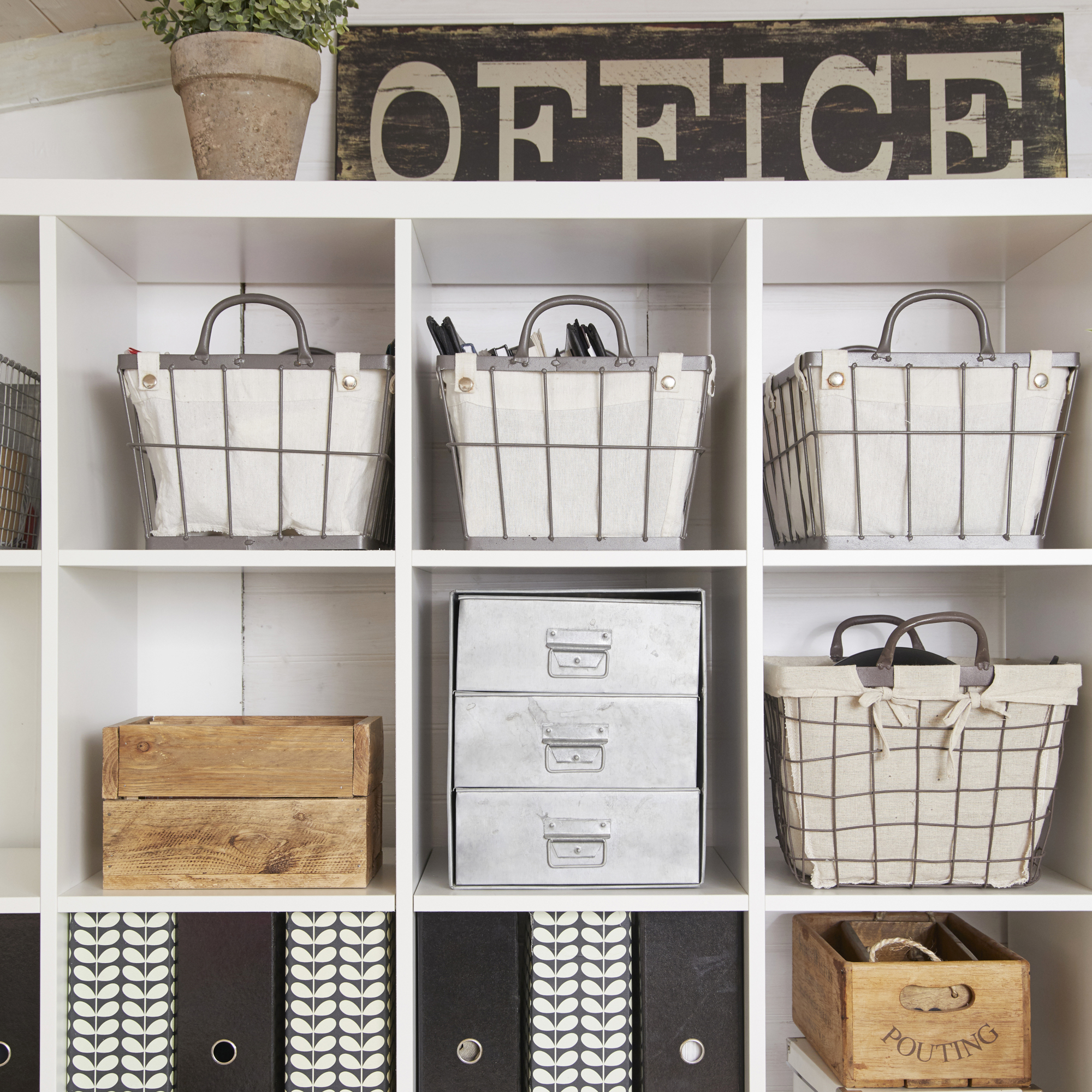
Bed bugs are also known to hide in cardboard so if you have moved house unpack your boxes as quickly as possible. Use plastic storage containers rather than cardboard. Look for sustainable bedroom storage ideas that are that are sustainable and not inviting to bed bugs.
FAQs
What kills bedbugs naturally?
If you don’t wish to solely use chemicals to kill bedbugs there are natural solutions which can eliminate the pests and be used on top of natural cleaning hacks.
Robert Collins at MyJobQuote.co.uk says, ‘Diatomaceous earth is one of the best ways to get rid of bed bugs naturally. However, you can also wash your bedding, vacuum it, or freeze them out. These are all natural methods that may get rid of bedbugs. It’s usually best to use a few natural remedies as they are not always enough to eradicate the bed bugs completely on the first try.’
Diatomaceous earth is a fine powder that clings to the bodies of bed bugs and causes them to be dehydrated which leads to their deaths. Tea tree, lavender and peppermint oil are potent oils which when diluted with water can be sprayed onto areas where bed bugs are present. However, there is no single treatment that will eliminate a bed bug infestation, ideally, combine chemical and natural therapies and take precautions such as cleaning your surfaces thoroughly and washing your bedding in hot water.
What to do if you're worried they'll come back?! Continue checking regularly for signs of returning bed bugs and treat any infested areas immediately, or call in the professionals if they keep coming back.
Get the Ideal Home Newsletter
Sign up to our newsletter for style and decor inspiration, house makeovers, project advice and more.
Jennifer is the Deputy Editor (Digital) for Homes & Gardens online. Prior to her current position, she completed various short courses a KLC Design School, and wrote across sister brands Ideal Home, LivingEtc, 25 Beautiful Homes, Country Homes & Interiors, and Style at Home.
- Sara HesikovaContent Editor
-
 I’m seeing pastel garden furniture at all my favourite brands this spring, but QVC’s sorbet collection impressed me the most
I’m seeing pastel garden furniture at all my favourite brands this spring, but QVC’s sorbet collection impressed me the mostFresh pastel shades are a great way to liven up your outdoor space
By Kezia Reynolds
-
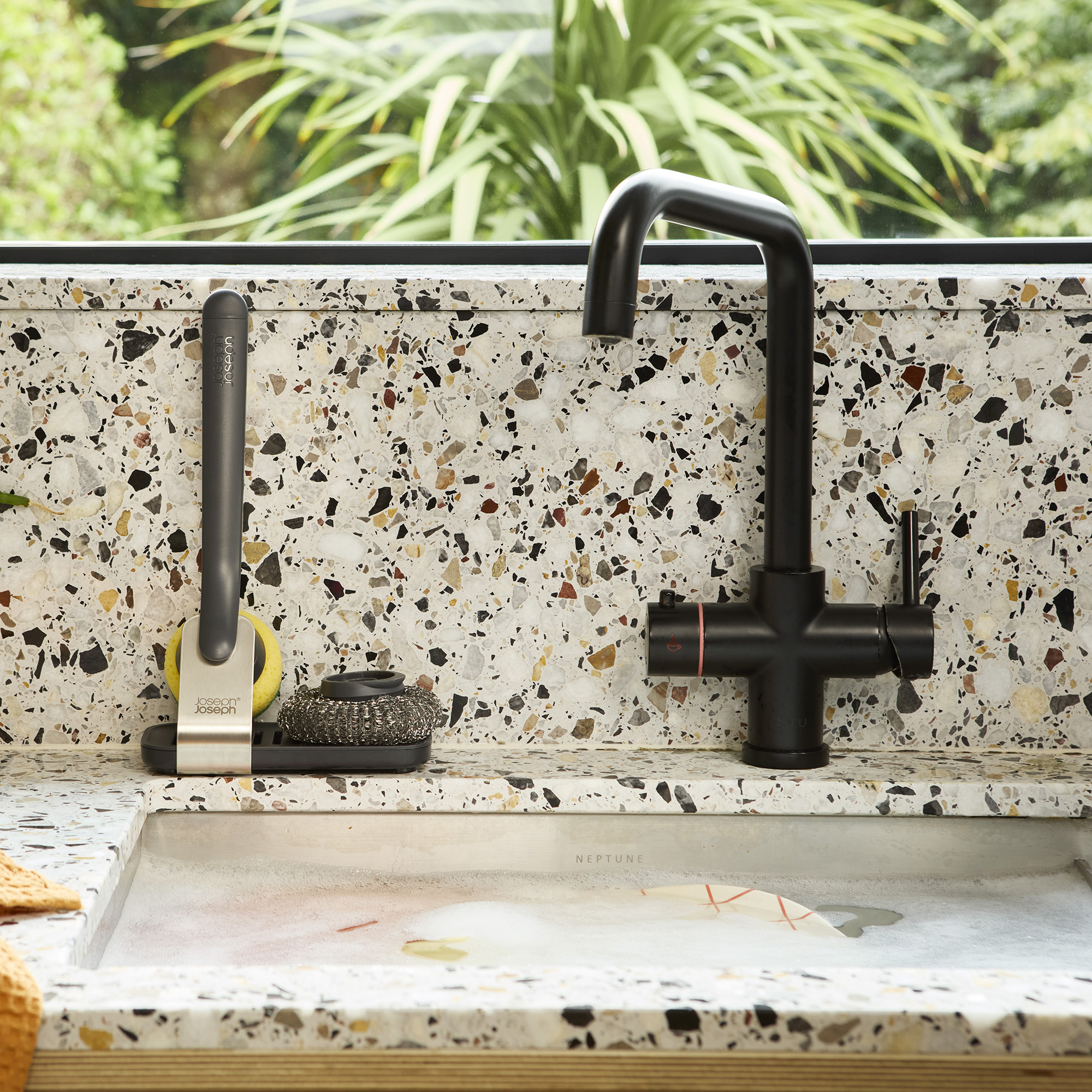 Don't tell my flatmates, but Joseph Joseph's clever new sink range finally made me enjoy washing up
Don't tell my flatmates, but Joseph Joseph's clever new sink range finally made me enjoy washing upI didn't know stylish washing up accessories existed until I saw this collection
By Holly Cockburn
-
 Is it cheaper to build an extension or a conservatory?
Is it cheaper to build an extension or a conservatory?One is usually cheaper, but it turns out that's not always the case
By Amy Reeves